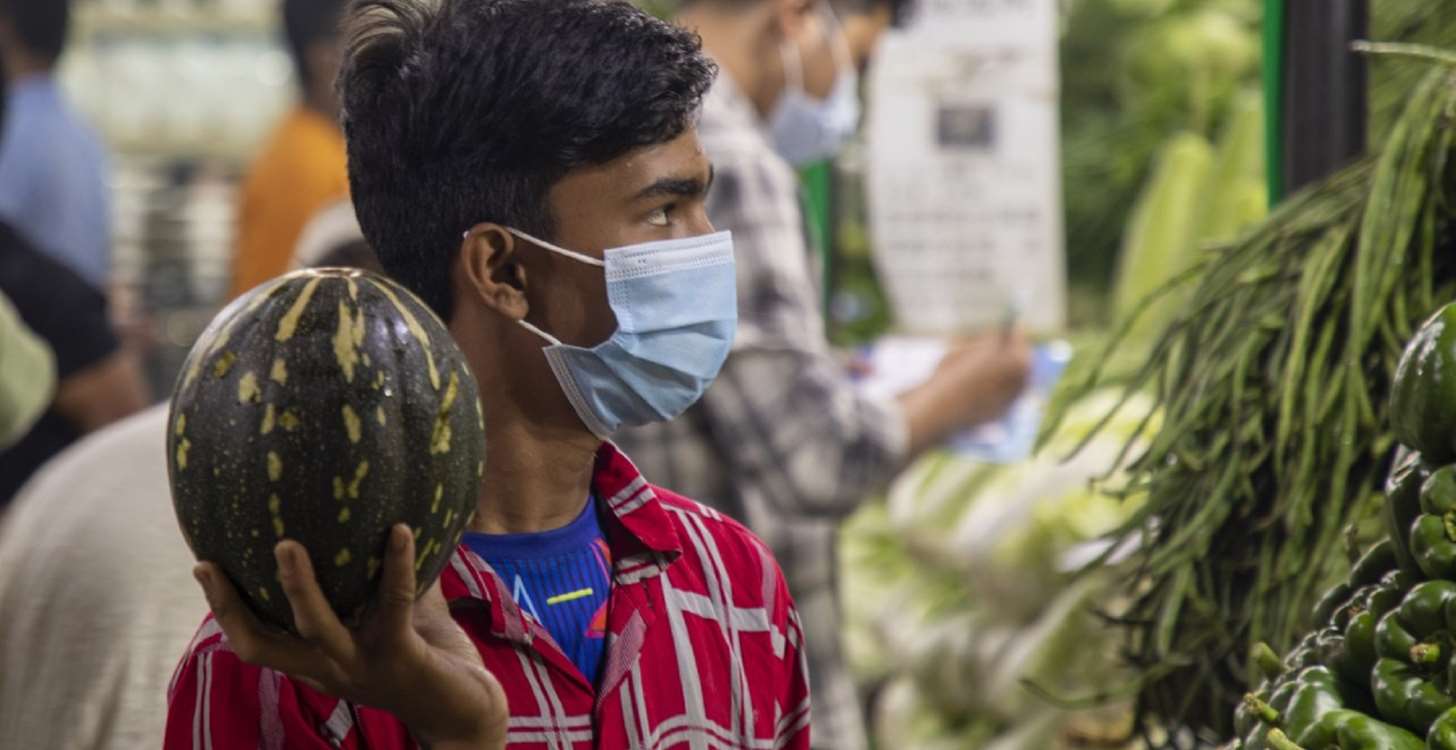Number of hungry in Asia-Pacific swells by more than 50 million since the arrival of COVID-19

Number of hungry in Asia-Pacific swells by more than 50
million since the arrival of COVID-19
According to the 2021 Asia and the Pacific Regional Overview
of Food Security and Nutrition by FAO and UNICEF
The state of food security and nutrition in Asia and the
Pacific has worsened, as more than 375 million people in the region faced
hunger in 2020, an increase of 54 million over the previous year, according to
a joint
report just published by the Food and Agriculture Organization of the
United Nations (FAO), and the United Nations Children’s Fund (UNICEF).
While hunger has increased, so too has inadequate access to
nutritious foods.
According to the 2021
Asia and the Pacific Regional Overview of Food Security and Nutrition, in
this region alone, more than one billion people did not have access to adequate
food in 2020 – an increase of almost 150 million people in just one year.
The high cost of a healthy diet, and persistently high
levels of poverty and income inequality, continue to hold healthy diets out of
reach for 1.8 billion people in the Asia and Pacific region.
A negative trend worsened by the arrival of COVID-19
In recent years, progress has stalled in reducing the number
of undernourished, and the prevalence of certain nutritional indicators, such
as stunting in children under five years of age, was already much too high, as
reported last year.
Since then, the situation has worsened. While it is not yet
possible to fully quantify the damage done to food security and nutrition by
COVID-19, the pandemic has had a serious impact on the region. Even countries
that initially reported a limited number of COVID-19 cases experienced the
negative effects of the containment measures, combined with people’s health
concerns, that led to a major contraction of economic activity in this region
and worldwide. Disruption in food supply chains only added to the problems.
A way forward
The situation could have been worse without the response of
governments and the impressive social protection measures they put in place
during the crisis. In building back better food environments, future agri-food
systems will have to provide better production, better nutrition, a better
environment and better lives.
To do that, FAO and UNICEF state the focus must revolve
around meeting the needs of small-scale, family farmers and indigenous people
in the region. Food systems must also prioritize the dietary needs of
vulnerable groups, including young children and women.
Commitments have been made to ensure recovery and there are
opportunities to begin the hard work of advancing food security and nutrition
through transforming agri-food systems such as the United Nations Food Systems
Summit, the Nutrition for Growth Summit and the 2021 United Nations Climate
Change Conference (COP26). Implementing these commitments will be needed to
meet the second Sustainable Development Goal, SDG2, to eradicate food
insecurity and malnutrition.
https://www.fao.org/newsroom/detail/number-of-hungry-in-asia-pacific-swells-by-more-than-50-million-since-the-arrival-of-covid-19/en




